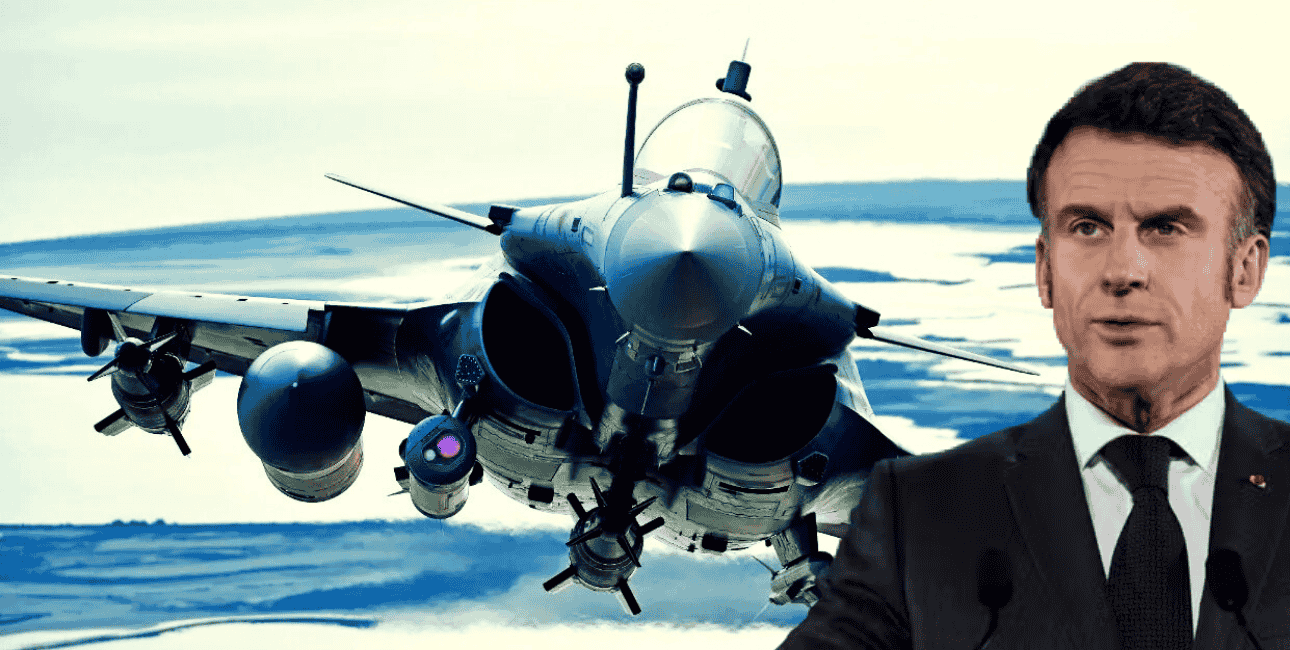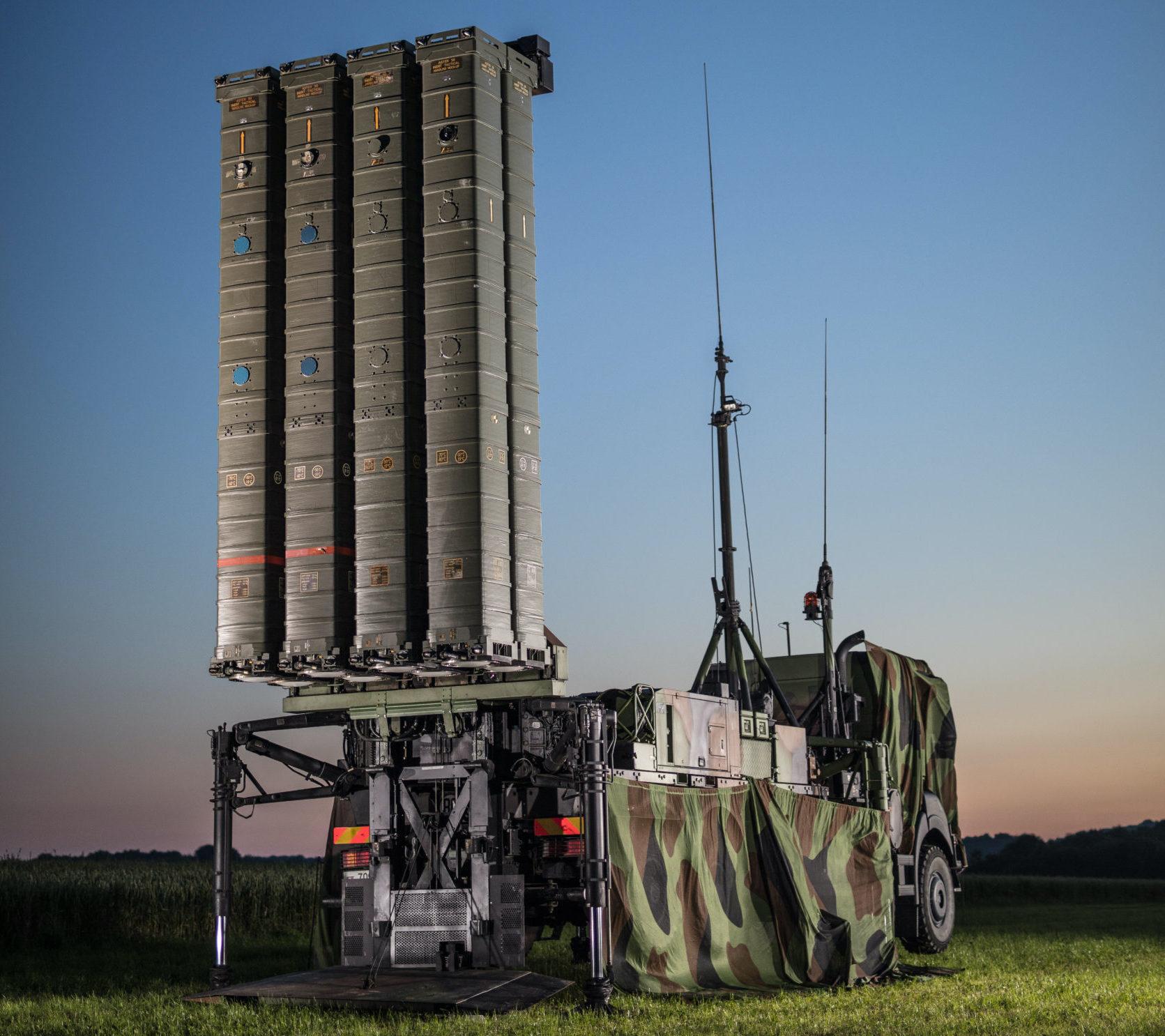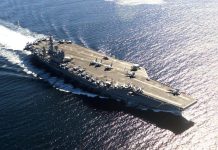The transatlantic unity between NATO allies has been somewhat ruptured following President Donald Trump’s unpredictable policies. With European countries growing skeptical, France is advocating for Rafale fighters and SAMP/T air defense system to replace F-35s and Patriots.
President Trump’s policies have evoked apprehension in European countries and started rumors about a potential “kill switch” in the F-35 Lightning II aircraft that can be remotely accessed for a shutdown.
Amidst Canada reviewing its F-35 acquisition and Portugal raising concerns over the US controlling or disabling the fighter jets during conflicts, the Pentagon’s Joint Program Office (JPO) issued a strong denial, stating, “There is no kill switch.”
Swedish aircraft maker SAAB has been offering Gripen as a substitute for the F-35, but its American engine makes it heavily dependent on US technology. As the EurAsian Times reported earlier, the US could even VETO any potential sale to Canada.
Now, French President Emmanuel Macron has been exhorting their European counterparts to go for French Rafales and Franco-Italian SAMP/T. This comes as Macron visited the Luxeuil Air Base near the German border, outlining France’s plans to station Rafale F5 fighter jets armed with ASN4G hypersonic cruise missiles there.
The upgraded airbase will host two squadrons of Rafale F5 fighter jets, which are expected to be operational by 2035. The first squadron of the latest iteration of Rafales, meaning ‘Gust of Wind,’ is expected to arrive by 2032.

“Those who buy Patriot should be offered the new-generation Franco-Italian SAMP/T. Those who buy the F-35 should be offered the Rafale,” Macron told French media. The French President underscored that European NATO members have become too dependent on US weapons.
Out of the three European combat jets—Typhoon Eurofighter, JAS-39 Gripen, and Rafale—the French fighter has the fewest American components.
American contractors are supplying some components like HiRel Connectors Inc. is supplying Electrical and electronic Connectors; Collins Aerospace is providing Pitot probes, ice detectors, and air data total air temperature sensors; the Lee Company is providing Hydraulic Systems and restrictors; and Lockheed Martin has been contracted for the Sniper Advanced Targeting Pod.
Dassault announced the aircraft’s F5 standards in October 2024. The aircraft’s F4 standard already incorporates innovations in connectivity and data processing power. The F5 standard will further enhance Rafale’s fighting capabilities.
The F5 standard will include a new radar, an electronic warfare system, optronic sensors, and the integration of the ASN4G hypersonic nuclear missile and saturation weapons. It will also have enhanced integration with other systems, both on the ground and in the air. The Rafale F5 will have a ‘Loyal Wingman’ to help penetrate enemy defenses.
The AMP/T is a theater-level air defense system designed for point defense against current and future airborne threats. It is one of the few European systems that can counter ballistic missiles. SAMP/T is developed by Eurosam and jointly owned by MBDA Missile Systems and Thales.
Rafale Vs F-35
Rafale’s current F4 variant doesn’t have much of an advantage over the F-35 when it comes to pricing. The American 5th-generation fighter can cost as much as $115.5 million per unit, whereas the French fighter is priced at approximately $120 million apiece, although the operational cost of the F-35 is much higher.
In terms of capabilities, Rafale is powered by two Snecma M88-2 turbofan engines providing an excellent thrust-to-weight ratio, whereas the F-35 is a single-engine fighter jet powered by a Pratt and Whitney F135 turbofan engine optimized for stealth and power. Rafale has limited stealth capabilities and relies more on electronic warfare systems like the SPECTRA suite.

In comparison, the F-35 is designed for stealth with a low radar cross-section and radar-absorbent materials.
Rafale has the Thales RBE2 AESA radar and advanced electronic warfare systems, and the F-35 also boasts cutting-edge sensor fusion, advanced radar, and a helmet-mounted display for superior situational awareness.
Rafale has various external hardpoints for a wide array of weapons, including air-to-air, air-to-ground, and nuclear payloads. The F-35 carries weapons in an internal bay for stealth missions but also has external hardpoints for additional payloads.
However, Rafale’s biggest issue is whether Dassault can crank up its production to meet the needs of European countries facing the biggest threats in recent times. In July 2024, Dassault Aviation’s order book swelled to a record 223 combat aircraft. These aircraft are divided into 64 for the French Air Force (AAE) and 159 for export.
CEO of Dassault Aviation, Éric Trappier, announced an increase in the Rafale production rate. He asserted that by 2025, assembly should reach three aircraft per month, up from the current two. That is roughly 36 fighter aircraft per year. Despite being significantly up from its previous production rate, it is significantly less than the full rate production of the F-35.
Compared to this, Lockheed Martin and the F-35 Joint Program Office increased the F-35 production to 156 planes per year in 2023. It is expected to remain at that level “for the foreseeable future.” The question remains: How does Dassault Aviation aim to meet the demand of its European allies should they choose Rafale for their air forces?
“Our upstream primary parts factories, subcontractors and assembly plants are ramping up to deliver Rafales in line with our contracts, and we still have some capacity to take on new contracts,” Trappier stated in 2024. “For the time being, it’s the final assembly that’s the most difficult.”
SAMP/T NG vs Patriot
The SAMP/T NG is the new generation of the SAMP/T system that has been in service since 2007. Its new generation long-range ground-based air defense system will be delivered in 2025.

Its first customer is the French Armed Forces, and it will be deployed only in 2026. The projected deliveries should begin with eight SAMP/T NG fire units made by 2030 and four more by 2034.
As for deployment, the original SAMP/T system is currently used by France and Italy, and it has also been exported to countries like Singapore and Saudi Arabia. The SAMP/T NG is yet to be battle-proven, which could be a deterrent for European NATO countries seeking to make their skies impregnable in the age of drone war.
Eurosam asserts that the system provides 360-degree protection, can detect targets beyond 350 km, and can annihilate air-breathing targets beyond 150 km. The system detects and intercepts maneuvering ballistic missiles beyond 600 km.
The system has up to 48 Aster missiles ready to fire, one multi-function radar, and up to 6 launchers capable of carrying 8 missiles each.
The system is highly mobile due to its compact and mobile design. It is more cost-effective and compact, but availability may be limited depending on production rates.
The Patriot has a long history of deployment. It is considered to be highly effective against ballistic missiles and aircraft, but its current configuration has limited 360-degree radar coverage. It is armed with PAC-3 MSE missiles, which are highly effective against ballistic missiles but less versatile than the Aster 30.
Due to its larger and more complex setup, it is relatively less mobile than SAMP/T NG. The system is more manpower-intensive but has a proven track record in various conflicts.
In short, the SAMP/T NG is suitable for high mobility, diverse threat handling, and cost efficiency. On the other hand, the Patriot trumps when it comes to ballistic missile defense, proven reliability, or global integration.
Ramping up production of these two systems before offering them to their European allies, who face a real threat from Russia, will serve Macron well.




